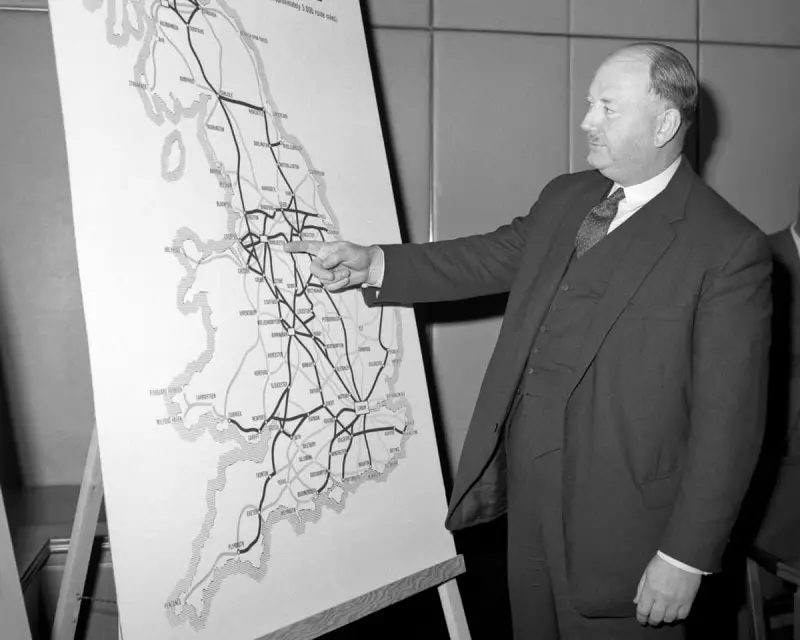
In the turbulent 1960s, when Dr Richard Beeching's infamous axe fell mercilessly on Britain's railway network, countless rural lines faced certain extinction. Yet against all odds, one particular Welsh railway not only survived but has thrived, becoming a testament to community resilience and the enduring value of rural transport connections.
The Day the Music Nearly Died
The 1960s marked a dark chapter in British railway history. Dr Beeching's controversial report recommended closing over 2,000 stations and 5,000 miles of track nationwide. Rural communities across Wales watched helplessly as their vital transport links were systematically dismantled, isolating villages and severing economic lifelines.
Against All Odds: The Survivor's Story
This particular Welsh line, winding through some of the country's most breathtaking landscapes, was initially slated for closure like so many others. However, a combination of strategic importance, persistent local campaigning, and perhaps a touch of Welsh stubbornness kept the trains running when so many others fell silent.
The Secret to Its Survival
Several factors contributed to this railway's remarkable endurance:
- Community backbone: Local residents and businesses recognised the line's vital importance to the regional economy
- Strategic value: The route served areas with limited alternative transport options
- Tourism potential: Even in the 1960s, the scenic value of the route was recognised as having untapped potential
- Political pressure: Persistent lobbying from local representatives kept the line's case in the spotlight
From Survival to Renaissance
Today, this railway line stands as more than just a transport link—it has evolved into a cherished community asset and significant tourist attraction. The trains that once faced extinction now carry visitors through stunning Welsh valleys, connecting them with the natural beauty and cultural heritage of the region.
A Modern Success Story
The line's transformation from potential casualty to celebrated survivor offers valuable lessons in transport planning and community-led preservation. It serves as a powerful reminder that some assets are worth fighting for, and that with determination and vision, even the most threatened institutions can find new purpose and prosperity.
As other regions grapple with transport challenges and connectivity issues, this Welsh railway's story continues to inspire—proof that sometimes, the most valuable journeys are the ones we almost didn't get to take.





